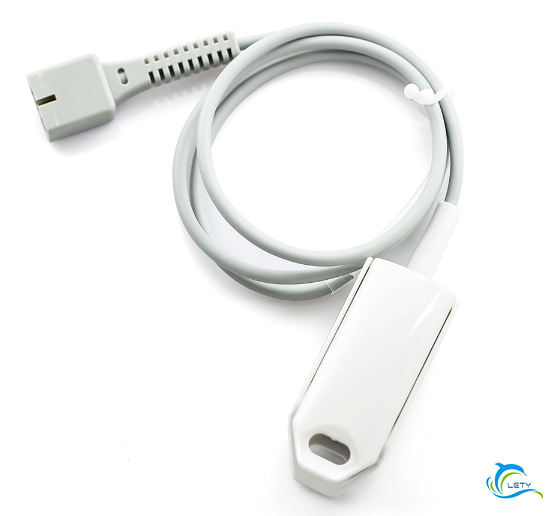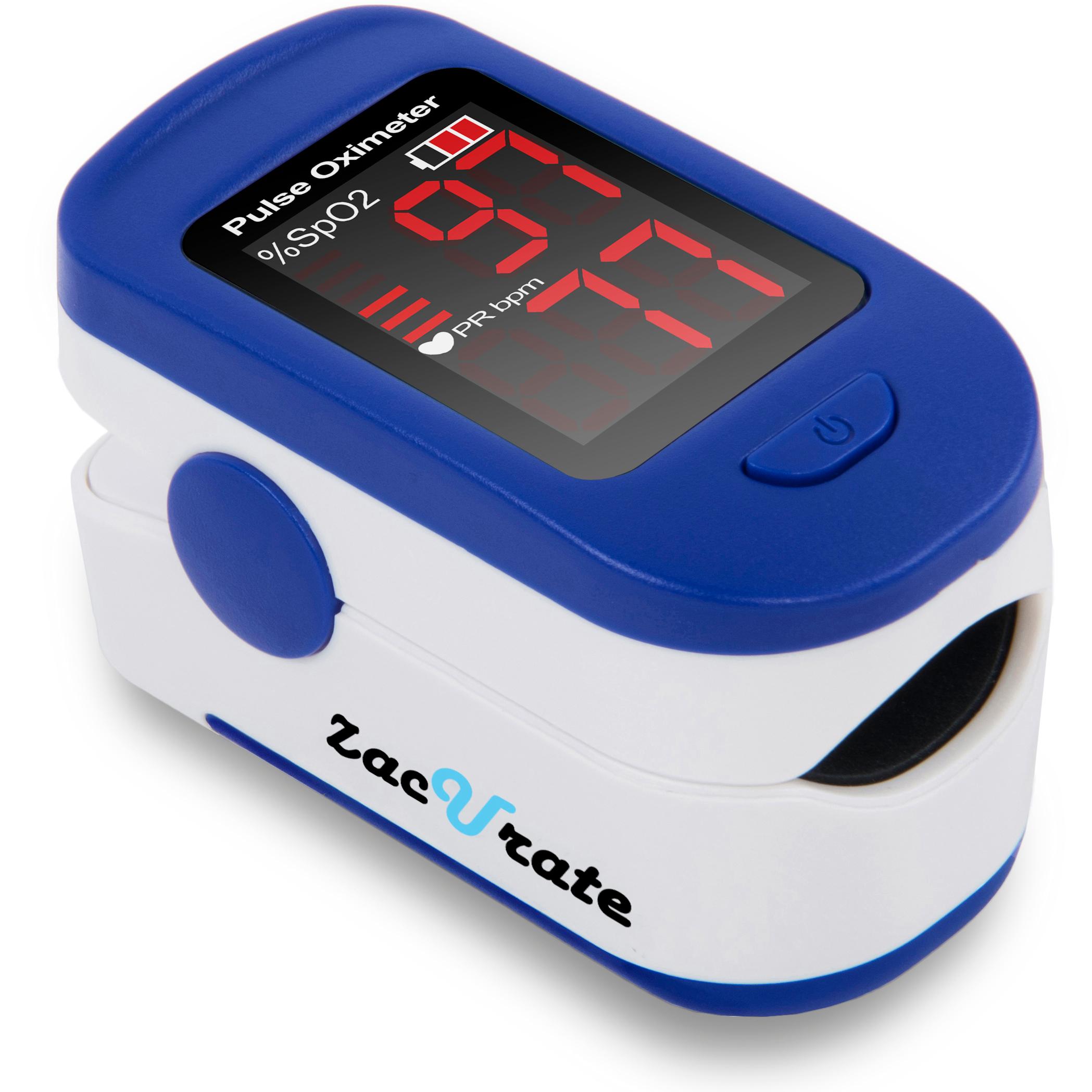
Pulse oximeter skin#
Skin color: One study shows that dark skin (in African-American people, for example) may get less accurate measurement on current devices.Different pulse oximeter sensors (finger clip vs.In addition, a number of other things can affect the accuracy of the reading, including: For example, a reading of 90% oxygen saturation on an FDA-approved prescription machine could mean anything from 86% to 94%. If your levels are low, you may need to breathe in extra oxygen through a tube.īut a pulse oximeter reading is simply an estimate. This could be because there’s a problem with your heart or lungs. (Levels that get lower over time could suggest a serious health issue).Ī blood oxygen level lower than 89% means you may not have enough oxygen in your blood to meet your body's needs. Keep track of your levels along with the date and time to give your doctor a sense for how your numbers change over time.(Numbers might jump around for a few seconds.) Place the device exactly how the manufacturer's instructions suggest.Remove any fingernail polish on the finger you’re reading.Make sure your hand is relaxed, warm, and below heart level.You can help improve your chances of accurate and useful readings if you: Check with your provider.įollow guidance from your doctor and the device manufacturer on how and when to take a reading. Some insurance companies will pay for a pulse oximeter. Prescription oximeters are more expensive. You can buy OTC pulse oximeters for between $15 and $80.

The FDA reviews these devices to make sure they fall within acceptable ranges of accuracy. You can get one with a prescription from your doctor. These are the same as those used by hospitals and doctor offices. The FDA doesn't review these devices and recommends against using them for medical purposes. This is the most common type for home use. There are two main types of home pulse oximeters: (COVID-19 can weaken your lungs and lower your blood-oxygen levels.) Some people use pulse oximeters at home, particularly since the COVID-19 pandemic. Your doctor will let you know what happens next and what to do after the test. You should be able to go home after pulse oximetry, unless you need to stay in the hospital for a procedure or more monitoring. During surgery or a sleep study, it may stay in place to track your blood oxygen. Your nurse will take the clip off if it’s just a one-time check. In just a few seconds, the device will show your heart rate and oxygen saturation level - the percentage of your red blood cells carrying oxygen. The pulse oximeter uses a special type of light to see how much oxygen is in the red blood cells traveling through the blood vessels under your skin. Or they’ll put a sticky disposable probe on your finger, nose, toe, or forehead. Your nurse will put a small, clip-like device called a pulse oximeter on your finger, toe, or ear. You may get this test during a doctor visit or hospital stay. You might need pulse oximetry if you have:

Test oxygen levels when you use supplemental oxygen.

Track your blood oxygen level during surgery.Diagnose symptoms like shortness of breath.Your doctor will use pulse oximetry whenever they think that your blood-oxygen levels could be too low. Your doctor can use this test to find out if you need to breathe in extra oxygen through a tube (your doctor may call it supplemental oxygen) or to be treated for a heart or lung problem. Your heart, brain, and other organs need oxygen to do their job. When it drops too low, your body doesn’t work as well as it should. But lung or heart disease can lower the amount of oxygen in these cells. Red blood cells carry oxygen from your lungs to your organs. It shows whether your heart and lungs supply enough oxygen to meet your body's needs. Pulse oximetry, or pulse ox, is a quick, inexpensive, and needle-free test that measures the amount of oxygen in your blood.


 0 kommentar(er)
0 kommentar(er)
